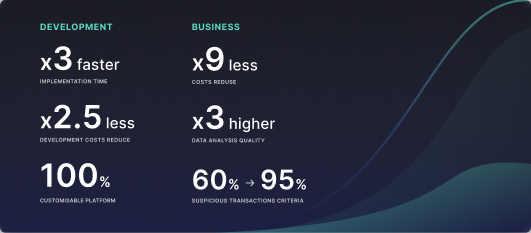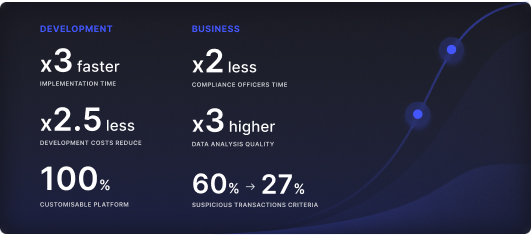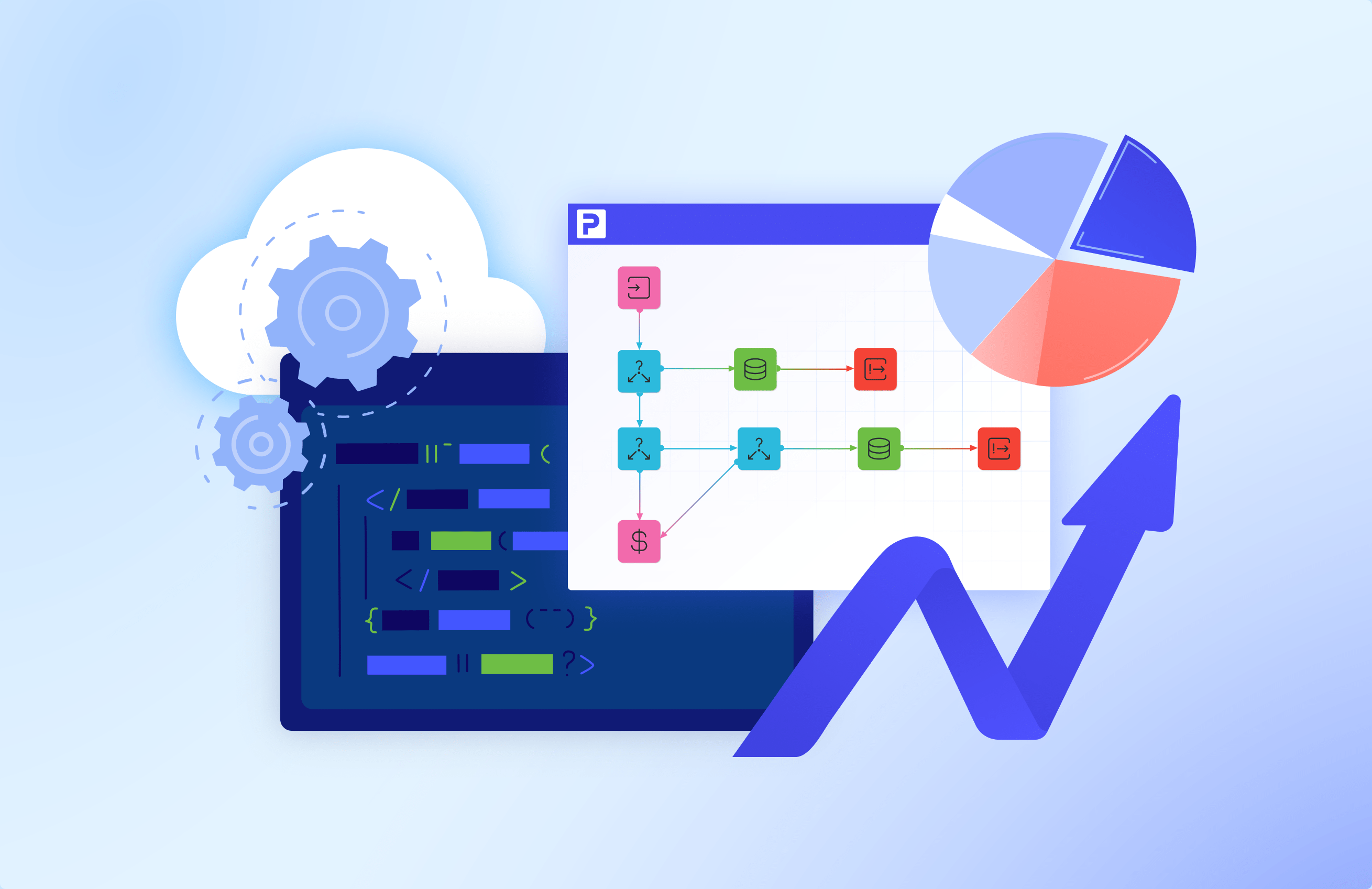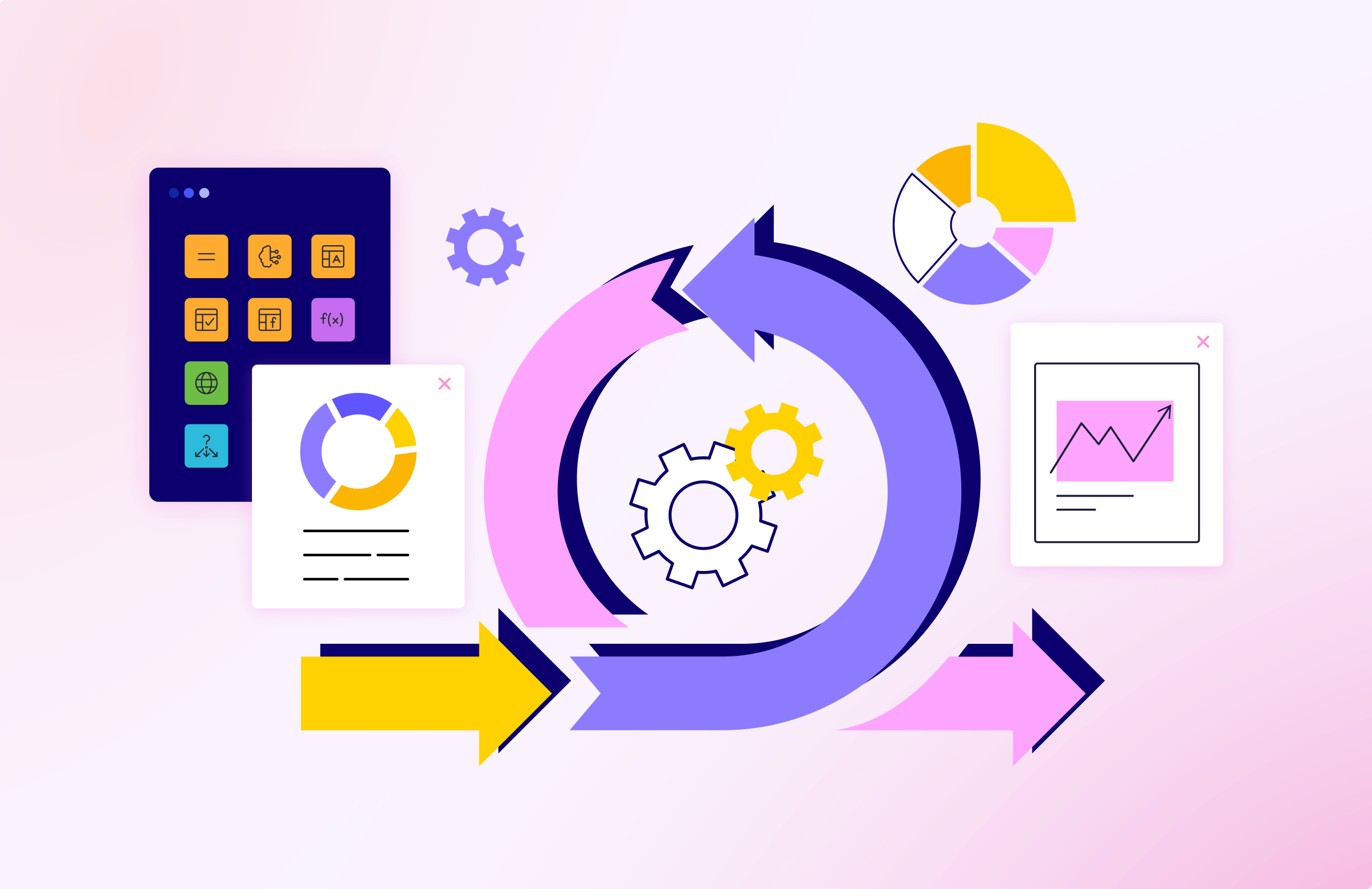Is your legacy IT system holding the business back?


Technologies evolve at an ever-increasing pace. Implementing and utilising the new tech can introduce gains in capabilities and productivity, and potentially determine one’s place among the competition, but it takes a certain level of maturity of the IT organisation to do it. According to a BCG study, digital leaders achieve earnings growth that is 1.8 times higher than “digital laggards”, and more than double the growth in total enterprise value – so staying on top of your digital game can be extremely rewarding. But why doesn’t every company manage to do it?
A complete system overhaul can be a complex, expensive, and long-term project – and requires having a top-notch team to execute it. Not every business is prepared to commit resources to such initiatives, especially if their IT team’s capacity is limited and incentives misaligned with Business. In fact, even some market leaders fall short in their digital transformation efforts. Another BCGroup study showed that around 70% of businesses fail to achieve their software modernization goals. In most of the cases, it came down to the following:
- The lack of relevant or niche expertise;
- Inability to develop and implement an effective digital strategy;
- Limiting legacy tech stack;
- Ineffective monitoring of the transformation processes;
- Lack of organisational agility during the process.
The good news is that you can leverage certain technologies to increase your chances of successful modernisation of your legacy systems. One of them is to use a low-code platform to reduce the skill barrier for users. In this article, we will review what you need to succeed in your digital transformation and how powerful low-code platforms can assist you.
What is a legacy system?
The legacy system is a set of software that is based on outdated architecture but still comprises the core of your daily business processes. Legacy systems are not necessarily ancient. Today we can apply this term to systems that are simply no longer compatible with the state-of-art tech and no longer provide the necessary competitive advantage as compared to what’s available on the market.
Negative aspects of continuing to use legacy systems
When not timely modernised or upgraded legacy systems can negatively affect your digital business processes in both scale and scope. Here are some of the major implications of using a legacy business system:
Slow development
Legacy systems often lead to a rising IT backlog. As technologies evolve it becomes harder to integrate new apps with a system that uses old frameworks and architecture. In order to develop and use new apps, you must carefully design them to be reverse compatible with the rest of the system, keeping numerous dependencies in mind.
Diminishing pool of talent
Software development is not a learn-once-use-forever endeavour. Skilled programmers keep pace with modern practices and development approaches while the junior ones simply start with those. So there’s a progressively smaller pool of specialists available that you can recruit to maintain and develop your legacy system – creating a major recruitment bottleneck and exacerbating the dependency issue further.
High cost of maintenance
According to the U.S. Government Accountability Office, companies spend 70-80% of their IT budgets on fixing problems with their legacy systems and related operations. In the meantime, they lose the opportunity to invest this money into new talent acquisition and innovation – things that add value to the business.

How to know when it is time to modernise your legacy system?
Here is a checklist that will help you to decide if your business needs a revamp:
- The systems of your competitors outperform your software;
- The system’s scalability is limited and doesn’t align with the company’s current business objectives;
- It’s becoming increasingly difficult to find and recruit developers with the skill set required to maintain and extend your system;
- The IT backlog is growing regardless of the expanded development team and efforts;
- You experience increasingly longer development time for the new features;
- Your team spends more time keeping the lights on rather than innovating;
- Your infrastructure costs are rising disproportionately.
If several or all of the points reflect the current state of your business, it is high time to begin your digital transformation.
Replace, rebuild, or re-architect: which approach to select when deciding to modernise your legacy software?
When it comes to legacy software modernization, there are three ways that you can take – replacement, rebuilding, and re-architecting. Let’s review their pros and cons in detail:
Legacy system replacement
The first path that involves little to no development efforts is legacy system replacement with a COTS (Customizable off-the-shelf solution) software. Choosing this path, you just substitute your previous vendor for another one.
Pros of legacy system replacement:
- You don’t need to design and develop the new system by yourself. The fastest replacement process compared to other modernization strategies;
- The security of the system is on the provider’s side. The provider takes responsibility for your data safety and the performance of the system.
Cons of legacy system replacement:
- Commercial software doesn’t address the particular business needs of a company or an industry. It just presents you with a set of one-size-fits-all features. If some customization is possible with COTS software, it is very narrow.
- You’ll need to adjust your business to the off-the-shelf solution provider to modernise a legacy system. You may need to change your design and process flow to be able to replace your legacy system with COTS.
Re-architecting legacy systems
Re-architecting a legacy system means recreating a part of your legacy system so that it can be integrated with the disruptive technologies you need to implement. In other words, you leave what works well and re-architect those apps and solutions that pull your business back.
Re-architecting will be a good fit for your business if there’s no acute need to rebuild the core of the app and you don’t have sufficient time and budget for it.
Pros of rearchitecting legacy systems:
- You upgrade your system without downtime;
- The major processes, dependency mapping, and skills to operate the system remain the same (i.e. no need to retrain your employees);
- Reduces risks of choosing the wrong tech for legacy system replacement.
Cons of re-architecting legacy systems:
- The core of the system will be out of use one day. Therefore, by choosing to re-architect you’re just postponing what needs to be done eventually.
Rebuilding legacy systems from scratch
The third and most radical way is to build a modern business system instead of a legacy one. This way will involve a higher budget and more time to be implemented properly and delivered but is fully customised for your business needs. However, the time and investment you will need to rebuild your system will depend on the development approach.
Pros of rebuilding a legacy system:
- You can create a future-proof solution tailored to your particular business needs;
- You control the source code of the system which is crucial for your company’s confidentiality;
- Your own system will enable you to use more services and technologies you need.
Cons of rebuilding a legacy system:
- Rebuilding the system may require more time and money, and often depends on having a certain level of organisational maturity in the IT department, including skilled and specialised engineers in-house. You’ll also need to develop and implement the parts of the new system in phases.
How low-code platforms can help you with modernising your legacy software
Low code is a rapid software development approach that enables developers to create applications with minimal hand-coding, using visual interfaces and pre-built components. It ensures quality standardisation, reduces the human error factor, simplifies knowledge transfer and significantly accelerates development. Low-code platforms allow businesses to utilise pre-built elements for rapidly engineering conventional system features and customising other parts.
Replacement and rebuilding
Rebuilding or replacing legacy systems has been effective but costly for modernisation initiatives. However, with the help of low-code tools like ProcessMIX, the process has become dramatically easier and more affordable, allowing you to drive complex digitalisation programs with a skeleton crew without dependency on highly specialised talent. Businesses can now rebuild and replace tools at least three times faster, reducing the barriers to modernisation.
For example, a government agency used low-code tools to modernise its legacy core system. The old system was no longer meeting modern security standards and couldn’t keep up with continuously changing legislation. Using a low-code platform they were able to replace the legacy system in just 6 months. The brand-new system proved to be more secure, robust, efficient, and reliable.
Extension
In the past, businesses turned to refactoring or re-architecting legacy tools to add new functionality, considering it a cost-effective approach. Re-architecture could be required to enable better data structure, robust APIs, high load performance, and availability of the core system. But simple single-function applications can be built quickly and connected to existing databases or deployed as extensions to the legacy platforms, quickly enhancing existing functionality and workflows.
Hybrid approach
The hybrid approach involves combining multiple modernisation strategies to achieve desired outcomes. For example, rehosting certain elements of the legacy apps to improve security and then utilising strategies like legacy application re-platforming to enhance functionality. A common example is migrating legacy datasets to a modern, secure host and simultaneously rebuilding or replacing other elements of the legacy application to effectively manage and utilise this data.
Try ProcessMIX platform for modernising your legacy systems
ProcessMIX is a low-code platform purpose-built for complex back-end development. Initially, the tool was originally engineered for the banking industry – with an emphasis on high standards for security, reliability, and performance, making it highly suitable for any modernisation projects. ProcessMIX includes a broad set of functionality and customisable components for building complex back-end services, creating and executing business rules, and decision-making. It also offers an AI-powered assistant to further accelerate engineering, allows bootstrapping any project in minutes, and provides one-click integrations and rapid API creation.

You can try out the platform with a free ProcessMIX demo. It will allow you to evaluate the platform’s capabilities and see if it fits your digitalisation needs. If you have any questions on how to enable your engineering team with ProcessMIX, please contact our team or read our comprehensive User Guide.
 Visual Development
Visual Development Assignment of risk level and customer category within KYC processes at customer onboarding
Assignment of risk level and customer category within KYC processes at customer onboarding Cross-Sell Offer Calculation for the 12M Client Base
Cross-Sell Offer Calculation for the 12M Client Base


